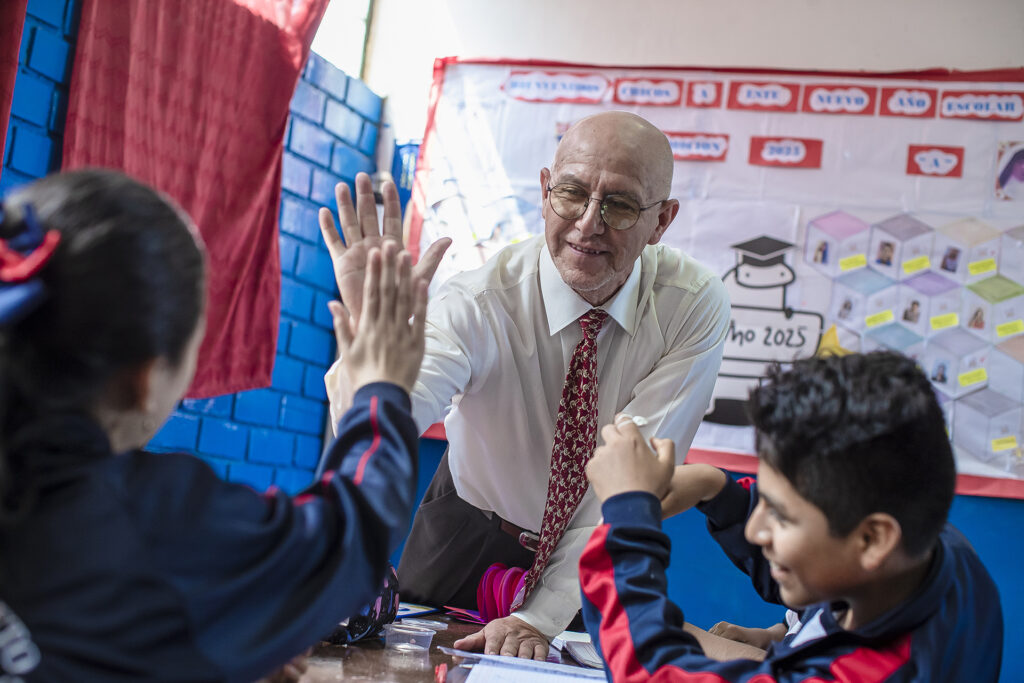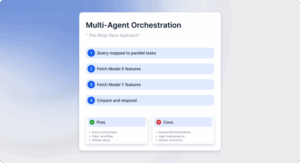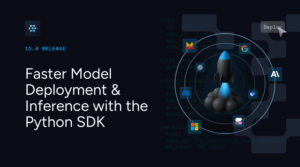Marco Antonio Pedraza, a sixth-grade primary school teacher who migrated as a young man from the countryside to bustling Lima, used to spend his own money to purchase specialized teaching materials for the three neurodivergent kids in his class. He had only a vague idea of what AI was and was skeptical about its potential.
Then Pedraza was introduced to Microsoft 365 Copilot Chat, the AI companion that helps with work tasks. A group of AI experts recently trained him on how to write effective prompts to quickly generate personalized activities for the students just by typing a few traits of each. He was amazed by the results.
“It was a revelation,” says Pedraza, an experienced public school teacher with a humble background. “These days, a teacher requires technology to effectively assist the kids.”
He says the new tool saves him precious time and facilitates a more personalized education. As he gradually expands its use, he hopes Copilot will enhance the learning experience of all his students while opening new horizons for him that could help him thrive within Peru’s educational system.
Pedraza is one of nearly 500 primary public school teachers participating in a pioneering pilot program launched by the education authorities of Lima metropolitan area (DRELM) in partnership with the World Bank, spanning over 200 public schools. All educators teach fifth and sixth grades. Most of the schools cater to children from low-income families, with some located in the city’s poorest areas.
Local education authorities expect AI can raise education standards and improve teachers’ capabilities in an inexpensive and easily scalable way, says Marcos Tupayachi, the representative of Peru’s education ministry for metropolitan Lima, the country’s capital and one of the largest cities in South America with 10.5 million residents or 30% of Peru’s population.
“It will help us a lot in transitioning from a traditional approach to a much more modern, student-centered approach,” Tupayachi points out.
Copilot Chat is powered by the latest AI models and uses web data and files uploaded by users to generate content. After a short training co-designed with a group of primary teachers, participating educators began using it at the start of the school year in early March through accounts provided by Peru’s education authorities. Chats are protected and not exposed to the public or used to train AI models.
If the results are as positive as expected, demonstrating enhanced student learning and improved teacher-student dynamics, the program could be expanded to all primary schools in Lima starting next year, Tupayachi says.

A companion in the classroom
The World Bank is offering technical support to Peru to deploy the program, as part of the group’s wider efforts to promote education and social inclusion across the developing world.
Through AI, teachers can quickly and efficiently create lesson plans, curriculums and learning materials, while supporting grading and other administrative tasks, explains Ezequiel Molina, a World Bank senior economist.
This is especially important in a developing country where public schools are often understaffed and educators are underpaid and face limited training and access to advanced technology, Molina notes.
“We thought AI could be seen as an ally, helping teachers solve their challenges, design better and faster lessons and use the extra time to think about improving the educational experience for students,” he says.
Many educators in Peru have several jobs to make ends meet, says the economist, so AI can decisively help find a balance between work and life. As reliable connectivity is not widely available across schools, many educators in the program use Copilot on their own laptops at home or on their phones. They say they could barely believe the effectiveness of the AI tool when they first tried it.



